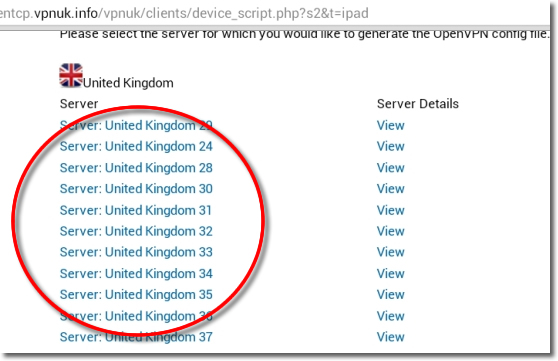

- Pfsense openvpn tunnelblick how to#
- Pfsense openvpn tunnelblick install#
- Pfsense openvpn tunnelblick software#
- Pfsense openvpn tunnelblick code#
- Pfsense openvpn tunnelblick password#
Pfsense openvpn tunnelblick how to#
We hope this shows how a VPN can be configured and how to secure user authentication. IE if pin was 1234 and OTP was 56789 the user would enter “123456789”.
Pfsense openvpn tunnelblick code#
Password= Pin for user + the OTP code displayed in the 2FA app. Username= username that was defined in the FreeRADIUS config. When the users connects, OpenVPN will prompt for a username and password.
Pfsense openvpn tunnelblick install#
The user will then input the OTP secret into the authenticator app, and install the openvpn software. Google Authenticator or Authy are great options.ĭistribute the OTP Secret and OpenVPN installer file in a secure method, i.e. Distribution to users:Įach user will need to download a 2FA app on their device. For most installs using Windows, using the “current windows installer” is the best option as this will install OpenVPN and the profile on the users machine in one step. Make sure that the proper Remote Access server is defined, and if you do not have a static IP, we recommend setting up a DDNS host name and then selecting that as an option in the “Host Name Resolution” so clients do not have a hard coded IPv4/IPv6 address that may change.įinally, scroll to the bottom and for each user you have multiple options for export depending on OS. The rest of the settings can remain at defaults.

Pfsense openvpn tunnelblick password#

Although PAP is not a generally a secure protocol, the risks are low as the authentication traffic never leaves the device. Protocol PAP: This solution only works by using PAP currently.The screen shot will provide most of the settings. Navigate to: System> User Manager > Authentication Servers. For Openvpn to be able to utilize this, we need to define this using the settings above. Pfsense supports multiple authentication sources. There is an option to also scan a QR code in this section. The “OTP/Init Secret” is what the user would have to enter to setup the 2FA on their mobile device. OTP Auth method use “Google Auth” Note that this is not limited to the app Google Authenticator, and many apps support this method.Check the box for “Enable OTP For this user”.Fill out the information for the user, such as name etc.FreeRADIUS does support binding to LDAP/AD, but not for two-factor authentication. Client Shared Secret: Random generated password that we will use later in the OpenVPN configurationĪll users will need to be defined locally in the FreeRADIUS server.Client Shortname: Description you would like.In this case we are defining the local pfSense OpenVPN as a “client”. Technically this could provide a service to other applications on the network as well, but is outside of the scope of this article. We need to define a loopback interface which is used to listen to requests that come from pfSense. Navigate to Services > FreeRADIUS > Interfaces.
Pfsense openvpn tunnelblick software#
Since multiple pieces of software are being used to process user authentication, it may be helpful to see how this solution works in a flow chart: Users will sign in with a username, a PIN + a one time password (OTP) when they connect.


 0 kommentar(er)
0 kommentar(er)
